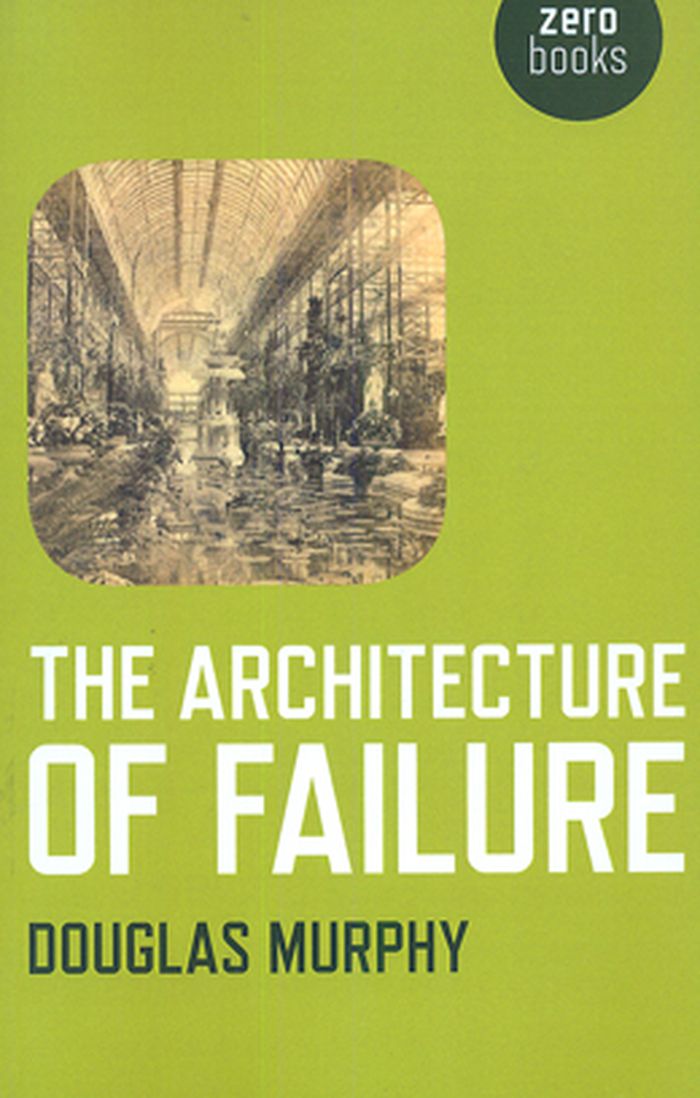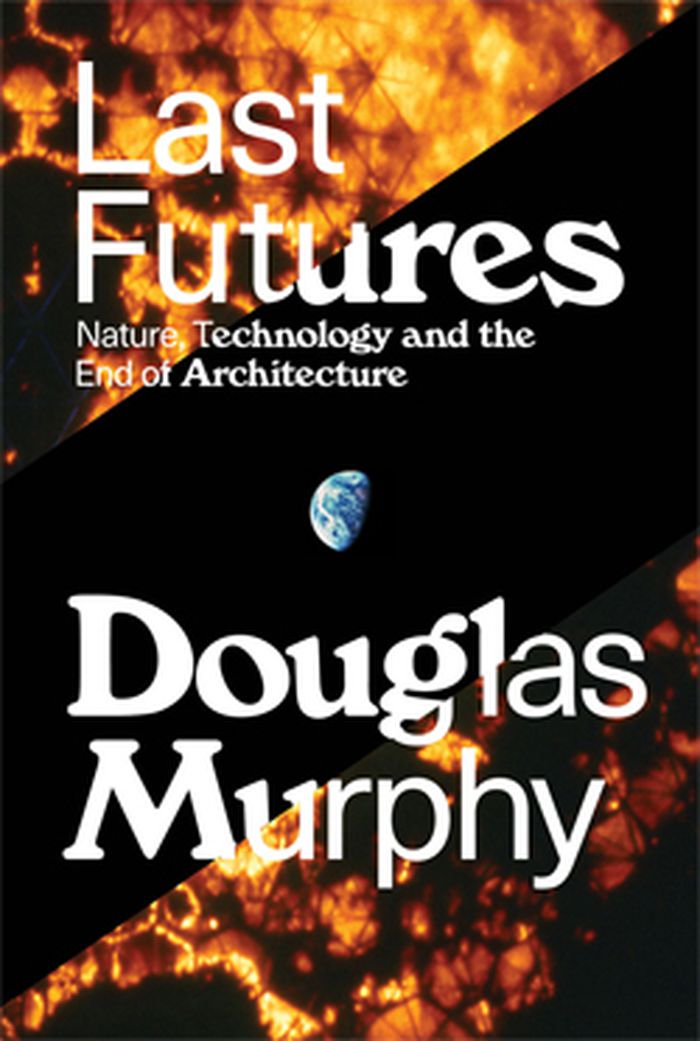$25.95
(available in store)
Summary:
In the late 1960s the world was faced with impending disaster: the height of the Cold War, the end of oil and the decline of great cities throughout the world. Out of this crisis came a new generation that hoped to build a better future, influenced by visions of geodesic domes, walking cities and a meaningful connection with nature. In this work of cultural history,(...)
Last futures: natures, technology and the end of architecture
Actions:
Price:
$25.95
(available in store)
Summary:
In the late 1960s the world was faced with impending disaster: the height of the Cold War, the end of oil and the decline of great cities throughout the world. Out of this crisis came a new generation that hoped to build a better future, influenced by visions of geodesic domes, walking cities and a meaningful connection with nature. In this work of cultural history, architect Douglas Murphy traces the lost archeology of the present day through the works of thinkers and designers such as Buckminster Fuller, the ecological pioneer Stewart Brand, the Archigram architects who envisioned the Plug-In City in the ’60s, as well as co-operatives in Vienna, communes in the Californian desert and protesters on the streets of Paris. In this mind-bending account of the last avant-garde, we see not just the source of our current problems but also some powerful alternative futures.
Architecture ecologies
The architecture of failure
$25.95
(available to order)
Summary:
The Architecture of Failure exposes the ways in which failure has been suppressed, ignored and denied in the way we design our cities. It examines the 19th century fantasy architecture of the iron and glass exhibition palaces, strange, unprecedented, dream-like structures, almost all now lost, existing only as melancholy archive fragments; it traces the cultural legacy of(...)
The architecture of failure
Actions:
Price:
$25.95
(available to order)
Summary:
The Architecture of Failure exposes the ways in which failure has been suppressed, ignored and denied in the way we design our cities. It examines the 19th century fantasy architecture of the iron and glass exhibition palaces, strange, unprecedented, dream-like structures, almost all now lost, existing only as melancholy archive fragments; it traces the cultural legacy of these buildings through the heroics of the early 20th century, post-war radicals and recent developments, discussing related themes in art, literature, politics and philosophy.
Architectural Theory
$35.00
(available to order)
Summary:
In the late 1960s the world was faced with impending disaster: the height of the Cold War, the end of oil and the decline of great cities throughout the world. Out of this crisis came a new generation that hoped to build a better future, influenced by visions of geodesic domes, walking cities and a meaningful connection with nature. In this brilliant work of cultural(...)
October 2015
Last futures : nature, technology and the end of architecture
Actions:
Price:
$35.00
(available to order)
Summary:
In the late 1960s the world was faced with impending disaster: the height of the Cold War, the end of oil and the decline of great cities throughout the world. Out of this crisis came a new generation that hoped to build a better future, influenced by visions of geodesic domes, walking cities and a meaningful connection with nature. In this brilliant work of cultural history, architect Douglas Murphy traces the lost archeology of the present day through the works of thinkers and designers such as Buckminster Fuller, the ecological pioneer Stewart Brand, the Archigram architects who envisioned the Plug-In City in the ’60s, as well as co-operatives in Vienna, communes in the Californian desert and protesters on the streets of Paris. In this mind-bending account of the last avant-garde, we see not just the source of our current problems but also some powerful alternative futures.


